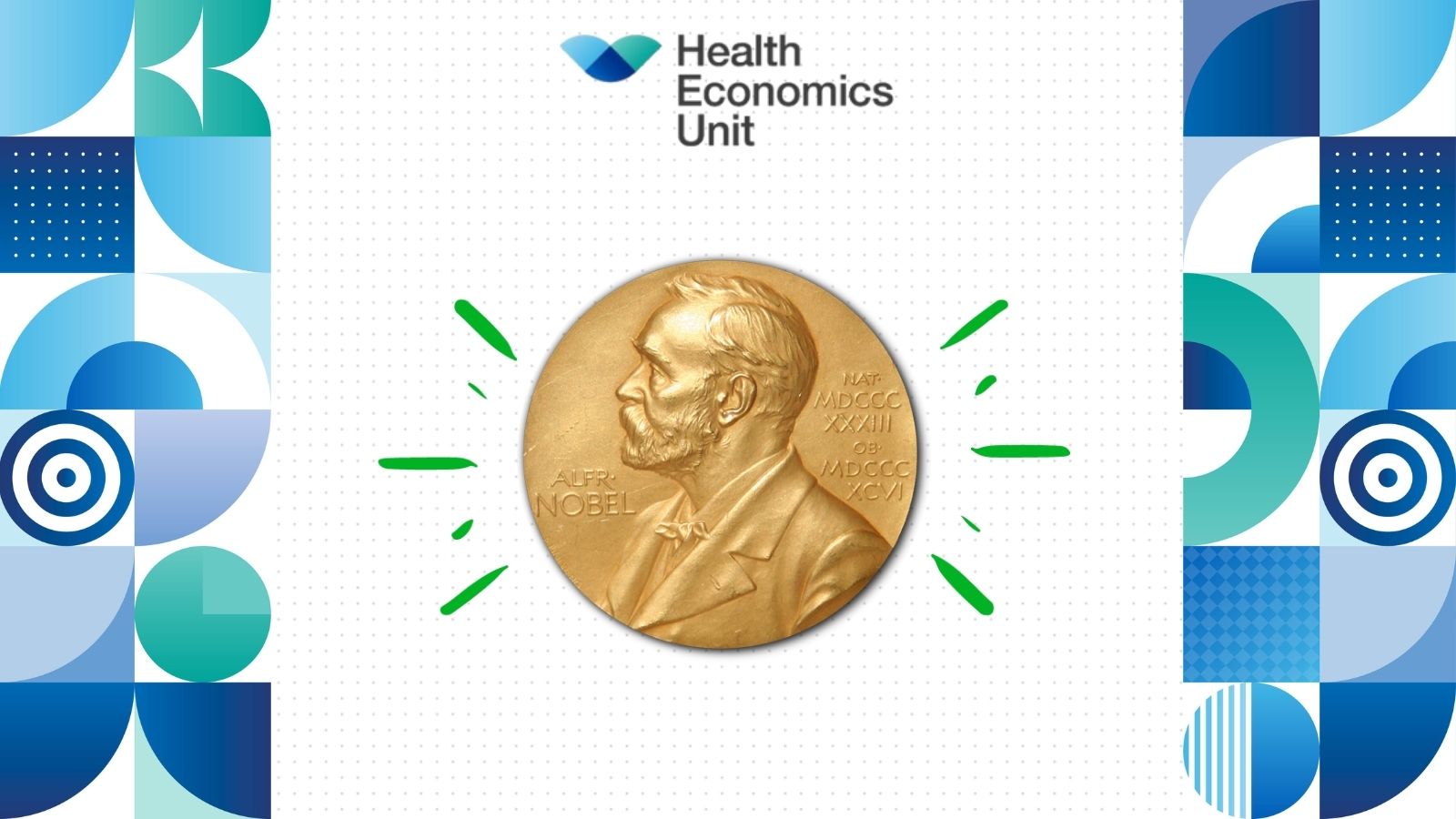This year’s Nobel Prize in Economic Sciences has been awarded today, with Joshua Angrist and Guido Imbens being recognised for their contributions to the analysis of causal relationships. Here Bruno Petrungaro shares a brief overview of the work the Health Economics Unit (HEU) does in this area.
As a specialised unit with a focus on economics, at the HEU we recognise that causality is at the centre of all the important questions economists are trying to answer. This is particularly true in healthcare where it’s often difficult to answer questions like:
- How effective is this treatment?
- What is the healthcare cost that can be attributed to a certain condition of patients?
- Should we change the way patients have contact with the system?
These are all causal questions.
As a practical example, I refer to a paper co-written by a previous teacher of mine about trying to build a Causal Bayesian Network (CBN) to model the causes of childhood diarrhoea. A CBN is a tool for predicting the outcomes of preventative interventions by capturing the possible causes, in this case of diarrhoea. This plays a crucial role in preventing deaths of children aged below 5 years in middle and low-income countries, something which remains a significant global challenge. Of course, in a case like this, correctly identifying the right intervention can have a far-reaching impact in terms of saving lives and allocating valuable resources most efficiently.
In effect, by analysing causal relations, we aim to be able to guide decision makers in understanding what works and what does not when it comes to improving patients’ lives. To do this effectively it’s not possible to simply base analysis on what is associated with the problem we are trying to solve, it’s crucial to also understand what is causing the problem. Only then can actions and policies be generated to solve the issue – because the issue can only be solved by taking action on its causes. This is known as causal inference and is something we’re big advocates for applying within the NHS.
We use causal inference to help design interventions. Using state of the art methodologies, we are able to identify cause-and-effect relationships among relevant variables in our data. This allows us to simulate interventions and different courses of action. We can then compare these different paths to understand their strengths and weaknesses. This information will help decision makers decide on the best course of action to take to achieve a particular goal.
Similarly, we apply causal inference to evaluate interventions. When our partners are interested in evaluating their actions to solve a given problem, we aim to help them determine if their actions worked, and for who. An important point to note, and one that is not always considered, is that actions and interventions rarely work in the same way for everyone. That’s why, in our evaluations, we also report back on the diverse impacts the intervention is having.
If you’d like to find out more about how our expert team of analysts could help you answer a tricky causal healthcare question, please get in touch today.
